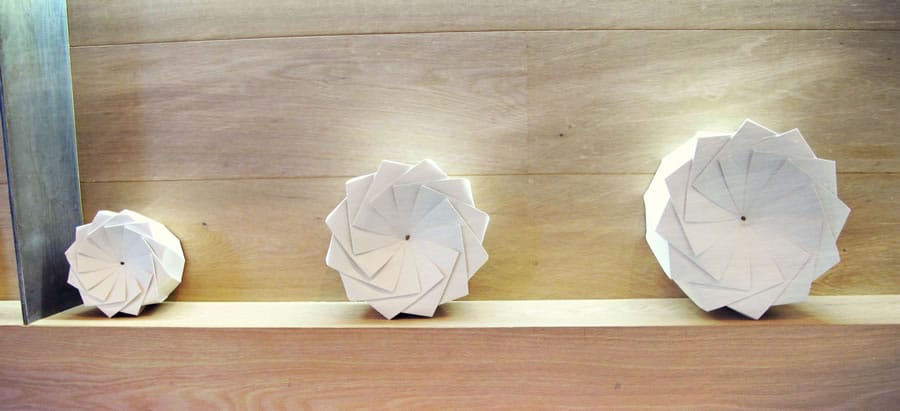
Smart packaging: functionality and personification essay
Dynamic and mobile lifestyle imposes the corresponding requirements to packaging: product packaging should not constrain consumer’s action, on the contrary, it should help to adapt to the fast-changing ways of life. Consumer expects the following help from packaging: not to be tied to a particular place, the ability to use on the go, minimum effort for unpacking and transportation of the goods, possibility of access to the product at any place, easy understanding of information about the product, multi-functionality, convenience, individual approach, etc. (Nunnery, 2010; Klimchuk & Krasovec, 2013; Mishra & Jain, 2012).
Due to these needs, there appeared single-portioned packages and “on-the-go” packages; the demand for ready-to-use products has grown by 40% in the last 3 years (PWC, 2012). For example, foldable Roll-up water bottle was a good solution for mobile people (Han, 2013). But today the companies are forced to go further, and make their products not simply convenient, but able to fulfill multiple tasks simultaneously or equipped with additional features.
For instance, a container of Harpic PowerJet disinfectant designed by Reckitt Benckiser in 2003 is also able to unclog a sink due to the combination of mechanical and chemical technologies (Klimchuk & Krasovec, 2013). Similarly, a package can now not only heat the dish in the microwave oven, but can be self-heating as such. Self-heating plastic cup of black coffee cost 99 pence in the UK today. The next stage is the emergence of practical self-cooling packages for meals and drinks on the mass market (Han, 2013).
Moreover, the trend of using thermosigns is developing (Zettlemoyer, 2008; Han, 2013). Thermosigns signalize about the optimal temperature for product application. For example, the Australian company Smart Lid Systems has introduced a new development which took five years to invent: the cover for one-use coffee cup (Klimchuk & Krasovec, 2013). Changing color from dark brown to bright red the cover informs about the temperature of the drink and warns if there is a danger of spilling it, as it is equipped with an air-tightness indicator. Going further, Arla Foods’ milk package not only has thermosensors, but alerts the users who left milk in a warm place with a voice signal “Put me back in the fridge!”(Klimchuk & Krasovec, 2013). It is obviously rather a transitional product, but it is a clear indication of how far big companies are ready to go in increasing the level of safety, ease of use and product functionality.
Indeed, in the near future the times when companies in the packaging industry mainly experimented with the material and shape will pass. Designers and developers already show a tendency to endow packages with interactive features. On the simplest level, those are the technologies of contact packages, influencing the sensor systems of consumers, for instance through tactile sensations (Skyy with velvet flocking on the bottle) or olfactory communication (scented printed cover SunScent which allows introducing smell directly into the packaging material), light and taste effects (Klimchuk & Krasovec, 2013; Han, 2013, Simms & Trott, 2010). Furthermore, more often disposable package can blink, vibrate and talk to the buyer, while possessing simplified user interface. For example, a few years ago U.S. supermarkets sold screaming butter pack which reacted with motion sensors when someone came up to the shelf. Some medical packages of EnvisionAmerica can voice instructions to a drug through the radio tag (Han, 2013). It is possible that these trends will develop in the future, and as prices get lower, such smart packages and accessories will not only differentiate the brand from the competitors, but also benefit many people.
In the future there probably will be a large number of packages providing the necessary information by simply touching them through adding electronics to the package (Simms & Trott, 2010). Today Thin Film Transistor Circuits (TFTC) are under development in 30 companies: they should be placed on paper or low-grade plastic film and be safe when got in the body like 2-cent paper batteries that already appear in paper calculators of notebooks, timers of hair dyes and touch smart labels RFID (Zichner & Baumann, 2011; Hogg et al., 2013). This opens up vast new opportunities in package applications, such as a purchase self-adjusted to the date, which records the time of opening the package, food reheating time, talks with the buyer and flashes in a situation of danger.
For example, the Sportline Company has invented interactive bottle equipped with a display and interface. Intellectual vessel dispenses liquid and tells the time of the next portion, shows indicators to monitor the level of water need in the body (Kipper & Rampolla, 2012). Soon the emergence of single-use color displays is expected with motion pictures glowing in the dark (Organic Light Emitting Diodes OLED). So far, the display and speakers are installed on the glass, but currently active developments are carried out to place such devices on conventional packaging materials at cost, justifying their single-use application (Hogg et al., 2013). Ultra slim displays may demonstrate not only the most essential data about the product, but also communicate brand philosophy and contain official links.
Overall, it is obvious that intelligent package can significantly enhance the ability of the product. With built-in sensors and scanners a package will be able to report on the rationality of the use for the product, test the body, warn of danger (poisoning, overdose, burns), to optimize the choice of the buyer, customize products, and many other features. Broader interactive features of the smart package are revealed through the grounds of augmented reality.

